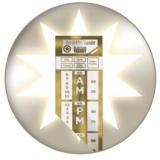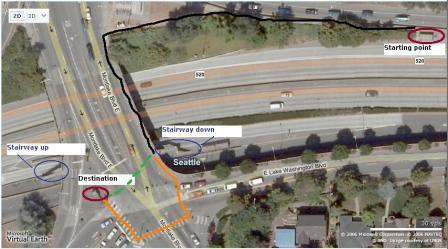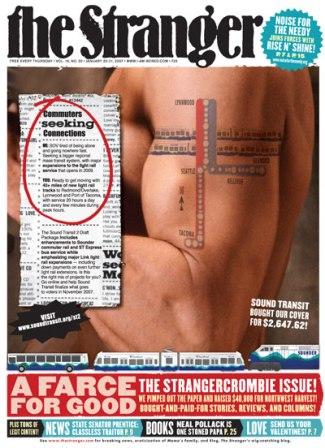
This month’s Golden Transfer goes to Donna Moodie, mother, restaurant owner, nonprofit board member, and newly minted bus chick. When I met Donna a few years ago (at her amazing restaurant, marjorie), she told me she was making an effort to ride the bus more often. In the past year, we’ve started to hang out outside of the restaurant, and she’s been true to her word.
In July, our mutual (and fabulous) friend, Tony, organized a group outing to the Maya Lin exhibit at the Henry, and Donna arrived sans voiture. Last fall, I met her for dinner at Lalibela, an Ethiopian restaurant at MLK & Cherry. She made the trip on the 3, with her seven-year old son, Max (and one of Max’s friends), in tow.
In 2007, despite recently moving from the Market to Interbay, Donna has become even more serious about changing the way she gets around. Here’s why:
Basically, I decided to ride more often because I started to think about my role as a citizen using a car, using resources that are limited, and changing the way I think about my right to all those resources. I saw An Inconvenient Truth, and it really rang clear with me that simple, small steps would be better than none at all. Taking the bus to and from work, with the exception of one errand-running day; making sure I get up in time to get Max on the school bus, so that I don’t think about driving him … trying to enjoy my bus time: reading, knitting, listening to music, and working on playlists for the restaurant.
So far, Donna is enjoying her “car-lite” lifestyle, despite challenges like riding home late at night, after the restaurant closes. She certainly has great stories to tell about her adventures. My favorite is the one about the friendly 18 driver who politely but firmly kicked two guys off the bus for cursing. “This is your stop, gentlemen,” he told them, even though it wasn’t, and they weren’t.
What I find most remarkable about Donna’s lifestyle change is the way she has approached it with her child. Max likes the bus (what seven-year-old doesn’t?), but sometimes, he’d rather take the car. At those times, she reminds him of the reasons for her decision, and that driving less often is an investment in his future. And when they ride together, they read stories, something, Donna says, “we both adore doing.”
So thanks, Ms. Moodie, for making an effort to live your values, and (especially) for passing them on to your son.


